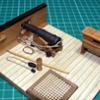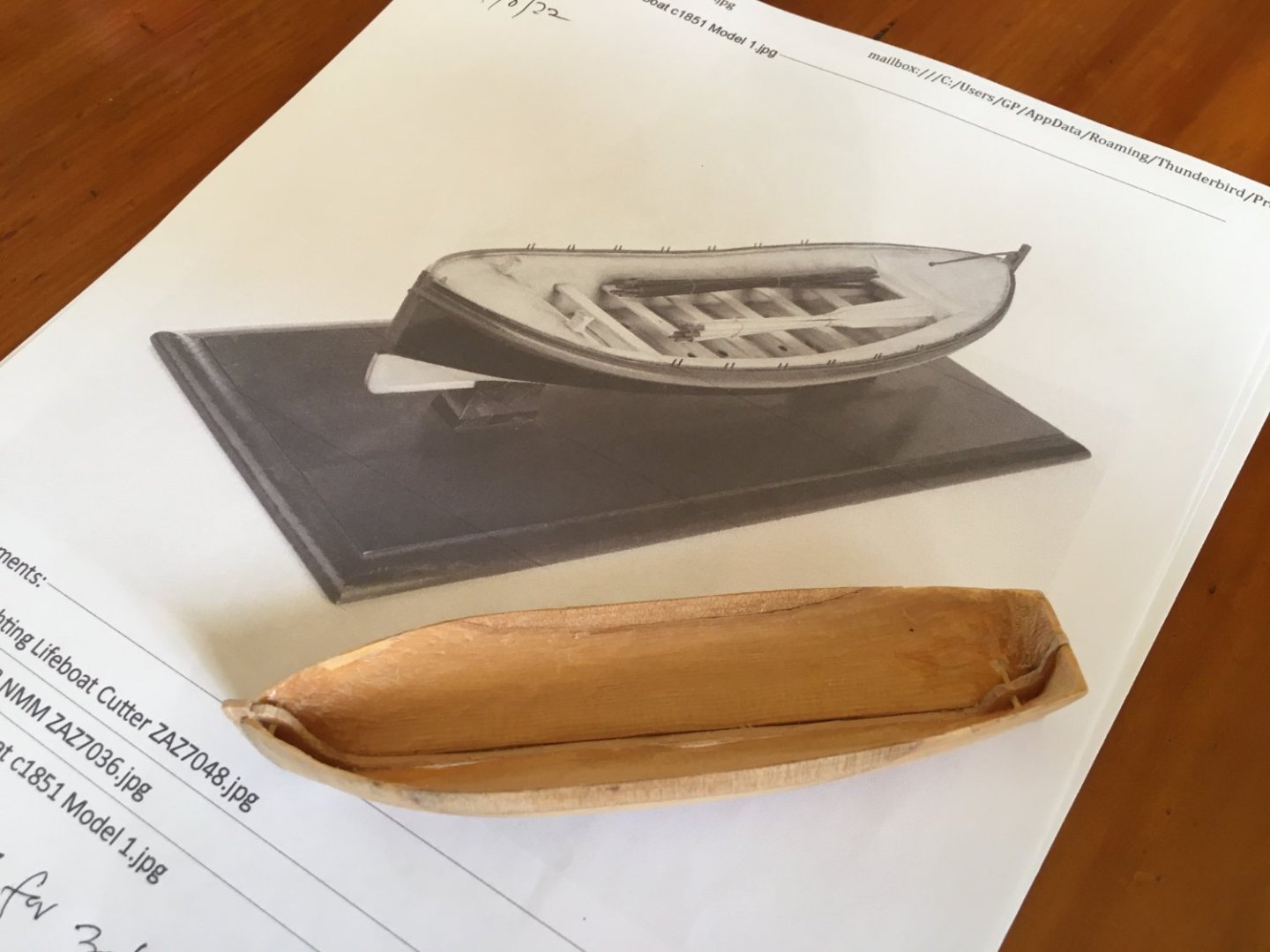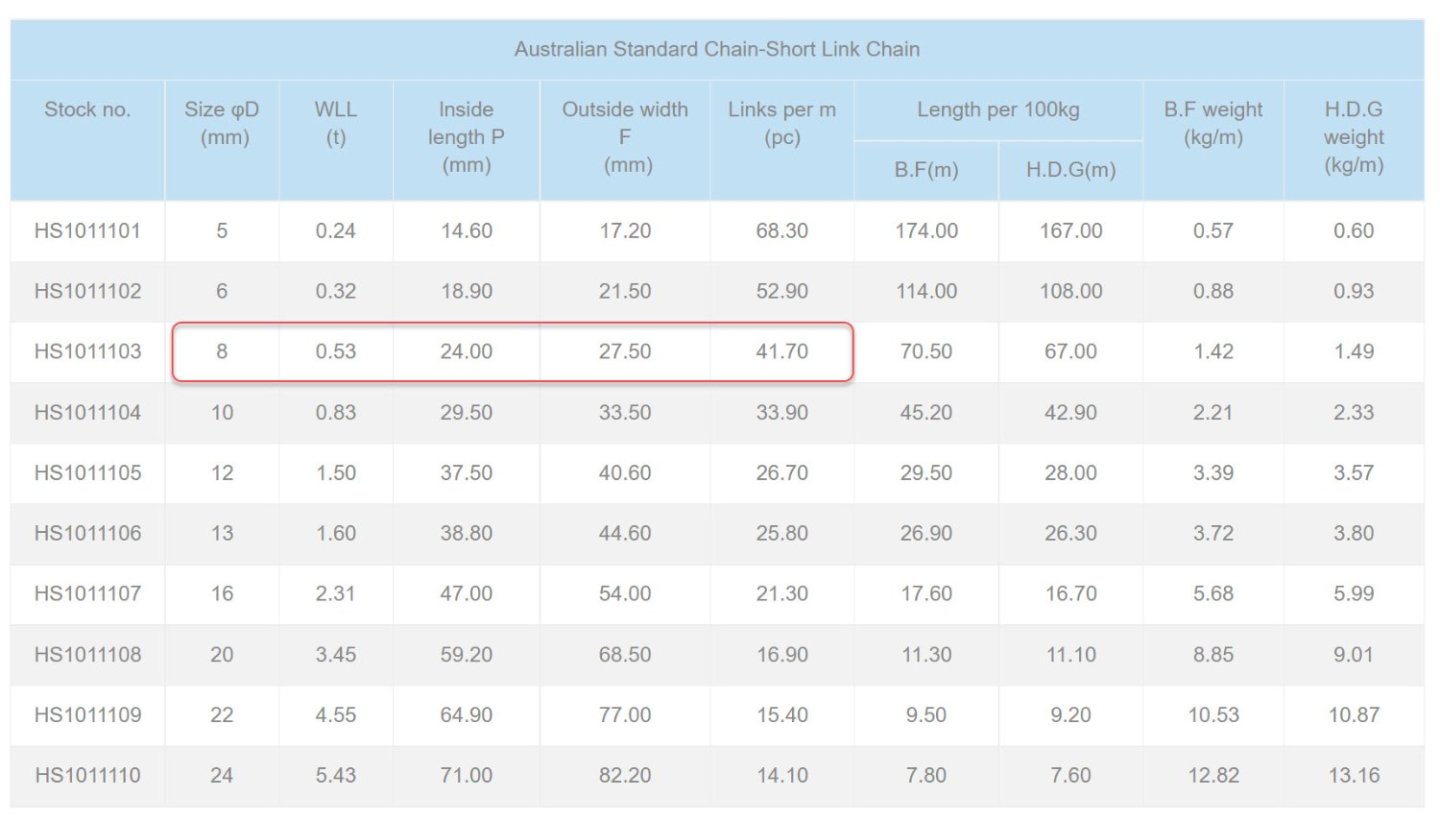-
Posts
5,939 -
Joined
-
Last visited
Content Type
Profiles
Forums
Gallery
Events
Everything posted by BANYAN
-

HMCSS Victoria 1855 by BANYAN - 1:72
BANYAN replied to BANYAN's topic in - Build logs for subjects built 1851 - 1900
Thanks John. Hi Keith, the whole is made from wood. The hull was carved from a block then hollowed out to shape; then the lining simulating cork covered with canvas) added. I have still to add duckboards, lifting gear etc. We have omitted the tholes at the moment as they are so small art this scale - but I am tempted to do this when I add the pre-painted (vermillion) rubbing strakes and boat badges in the bow. I have yet to come to grips whether hanging loops would have been included with the rubbing strakes, for men to hang onto or assist their scrambling into the boat. The UK Life Saving boats were starting to show them, but not evident in the NMM model. cheers Pat- 1,006 replies
-
- gun dispatch vessel
- victoria
-
(and 2 more)
Tagged with:
-

HMCSS Victoria 1855 by BANYAN - 1:72
BANYAN replied to BANYAN's topic in - Build logs for subjects built 1851 - 1900
While I have been continuing to research the rigging outfit, another member has completed a remake of one of the lifeboat-cutters. The Victoria carried two, one of 27' the other 30' - the remake was to correct the length of the second one as we found that info a little later. I have still to add a vermillion painted rubbing strake, the falls hook on/slinging points and a few details, such as boat badges, masts, ropes, bailers, etc. These boats had cork, covered with canvas, floatation in the bow, stern and along the sides which is why they look so 'full/thick'. cheers Pat- 1,006 replies
-
- gun dispatch vessel
- victoria
-
(and 2 more)
Tagged with:
-
Great news, good to see models being displayed at such important venues. The Bridge mini-diorama looks great. cheers Pat
- 88 replies
-
- Australia II
- Finished
-
(and 2 more)
Tagged with:
-
Great progress and some nice work there mate; looks good. cheers Pat
- 179 replies
-
- Second Build
- Pinta
-
(and 2 more)
Tagged with:
-
Love the bread-and-butter building technique you use for these miniatures Glen; a clever way to achieve the right look. cheers Pat
- 134 replies
-
- Captain Kidd
- bottle
-
(and 3 more)
Tagged with:
-
Those are some impressive results Greg; when it gets to sharp end, just like car concourse judging, they get very 'picky, too picky for my anti-rivet counting approach. cheers Pat
-
Hi all, those following my Victoria build will be familiar with my quest to make sense of some of the rigging (and item combinations) listed in the Rigging Warrant. By chance I came across a couple of articles which may be of interest to other members but offers a few clues for the rig used by the Victoria also. One of the primary concerns I had was the provision of vertical wirerope jackstays on a couple of her masts, which did not tie in with any of the contemporary literature from the likes of Burney, Nares, Luce, Kipping and Fincham. These articles, while a little after Victoria's building, show the emergence of rigs designed to be handled from the deck; for example, furl from the deck or lower top rather than sending men aloft. Rigs in this era were under continual development, therefore, I am reasonably comfortable that the designs offered by the two articles I have found are a sound basis for my assumptions. I have a way to go yet searching for more and earlier examples, but there is sufficient information to show that it is probable that Victoria used these jackstays to guide the upper masts down to the lower yard. The sails of the upper yards were bent/laced by their foot to the yard below rather than above, allowing the sails to be lowered to be furled. The upper yards were also rigged, using tricing tackles and the jackstays, to allow the top, topgallant and royal yards to lower to the lower yard. This makes some sense of the rigging listed but not entirely, so it is probable that an early version of this was employed - if only I could find..... For those interested, here are two proposed rigging designs (the latter definitely not used in Victoria😞). if anyone has access to copies of the Mitchell Maritime Register (now part of Lloyds records I think) I would appreciate knowing if there are earlier proposed designs included. The attached designs will have developed from earlier concepts and practices, so the use of jackstays to guide the lowering of yards without sending men aloft must have been emerging earlier than 1870. cheers Pat Edit: P.S. I have extracted the relevant (deleting blank pages) from the Google Books sourced book, and the later Newspaper article is from the Australian National Library Newspaper digitisation project through their TROVE portal. Many thanks for both for maintaining these as free services.) New Rig for Steamers_RB Forbes_1883.pdf A New Rig for Steamerships_TROVE_1871.pdf
-
Congrats Greg, great to see your efforts rewarded. Some pretty fancy trophies, the group must be well funded or sponsored. cheers Pat
-
Hope all went well mate, both the trip (all models arrived and returned safely), and the show? cheers Pat
-
Good luck Rob, I wish you every success in your efforts. cheers Pat
- 3,560 replies
-
- clipper
- hull model
-
(and 2 more)
Tagged with:
-
Looks like a good plan Glen, good luck. cheers Pat
- 134 replies
-
- Captain Kidd
- bottle
-
(and 3 more)
Tagged with:
-
Great process Rob, I have been mucking around trying to form my 'boots' and having a lot of problems due to the severe rake of Victoria's masts. I also have to make some boom rests/shoulders on the mast with the same angle/orientation - I will give sculpting them a go I think. Nice work on your boots etc Vladimir, you offer an alternate method to consider but I think with 15 degrees of rake on the mizen, the moulding may be the better option to try first. Your build is coming on very nicely. cheers Pat
-
What a wonderful ride this build has been. Congrats on a first-class build Keith; it has been a joy to see your progress and high-quality work. She looks wonderful and so accuratly reflects the actual yacht. cheers Pat
-
Thanks Dave, very effective technique - had me fooled More nice work on that hatch. cheers Pat
- 143 replies
-

HMCSS Victoria 1855 by BANYAN - 1:72
BANYAN replied to BANYAN's topic in - Build logs for subjects built 1851 - 1900
Eberhard, after a little more searching I have found a website that provides some guidance even if for steel short-link chain to Australian standards (Haosail Website) - iron links were probably a little larger? After applying the rules-of-thumb from Fincham, and using the table details for link width based on 8mm which is close to 5/16" chain listed in the Rigging Warrant for the TG tye), I arrived at the following. The overall dimensions for the Tye sheave slot were 6¼” long, 1 13/16” wide. As the topgallant section of the combined mast is 5 5/16” where the slot is cut, the width would not have left much ‘meat’ on the spar (about 1¼” either side) - noting they were also copper lined. I think this would seriously weaken the mast which still had the pole (Royal) extension above it. Even though the Rigging Warrant does not list any blocks associated with the TG Tye, I think I will use a gin block as that is what is used with the Topyard Tye. I would appreciate any further thoughts or suggestions? cheers Pat- 1,006 replies
-
- gun dispatch vessel
- victoria
-
(and 2 more)
Tagged with:
-

HMCSS Victoria 1855 by BANYAN - 1:72
BANYAN replied to BANYAN's topic in - Build logs for subjects built 1851 - 1900
😁Thanks Rob. Actually, I am not too concerned with the model as I have also used smallest chain I can find. Simply trying to establish whether a sheath will have been cut into that part of the mast (TG stop) or a Gin/Other block used - but nothing listed against the chain Tye for TG in the Rigging Warrant. If a slot, there was not much meat left in the cheeks as a chain sheave was wider than for rope. I am leaning towards a block, even if not listed. cheers Pat- 1,006 replies
-
- gun dispatch vessel
- victoria
-
(and 2 more)
Tagged with:
-

HMCSS Victoria 1855 by BANYAN - 1:72
BANYAN replied to BANYAN's topic in - Build logs for subjects built 1851 - 1900
Thanks Eberhard, appreciate your time looking. Pity there isn't as much info available in contemporary literature. As you say, it should have been somewhat standardised by 1855. Thhe tid-bit on short-link chain on rollers is useful. The reason I ask, is that Victoria used chain for the tye (among other rigging that ran through blocks). For the topmast, gin blocks were specified for the chain tye in the Rigging Warrant, but no blocks are listed against chain for the topgallant tye. This infers a tye sheave cut into the mast at the topgallant stop. BUT as chain needs a wider sheave, and the mast diameter at this point is only 5.3" diameter, that would seriously weaken the mast. The chain is specified at 9/16" wire diameter but I would really like to find a rule of thumb for the chain width and for the slot. Fincham provides a rule of thumb for slot length (1 and 1/6) sheave diameter but I can find nothing on width for rope or for chain except for a comment by Fincham that the sheave for chain is shallower in the groove, bigger in the mouth and overall wider than for a rope sheave pully. cheers Pat- 1,006 replies
-
- gun dispatch vessel
- victoria
-
(and 2 more)
Tagged with:
About us
Modelshipworld - Advancing Ship Modeling through Research
SSL Secured
Your security is important for us so this Website is SSL-Secured
NRG Mailing Address
Nautical Research Guild
237 South Lincoln Street
Westmont IL, 60559-1917
Model Ship World ® and the MSW logo are Registered Trademarks, and belong to the Nautical Research Guild (United States Patent and Trademark Office: No. 6,929,264 & No. 6,929,274, registered Dec. 20, 2022)
Helpful Links
About the NRG
If you enjoy building ship models that are historically accurate as well as beautiful, then The Nautical Research Guild (NRG) is just right for you.
The Guild is a non-profit educational organization whose mission is to “Advance Ship Modeling Through Research”. We provide support to our members in their efforts to raise the quality of their model ships.
The Nautical Research Guild has published our world-renowned quarterly magazine, The Nautical Research Journal, since 1955. The pages of the Journal are full of articles by accomplished ship modelers who show you how they create those exquisite details on their models, and by maritime historians who show you the correct details to build. The Journal is available in both print and digital editions. Go to the NRG web site (www.thenrg.org) to download a complimentary digital copy of the Journal. The NRG also publishes plan sets, books and compilations of back issues of the Journal and the former Ships in Scale and Model Ship Builder magazines.






